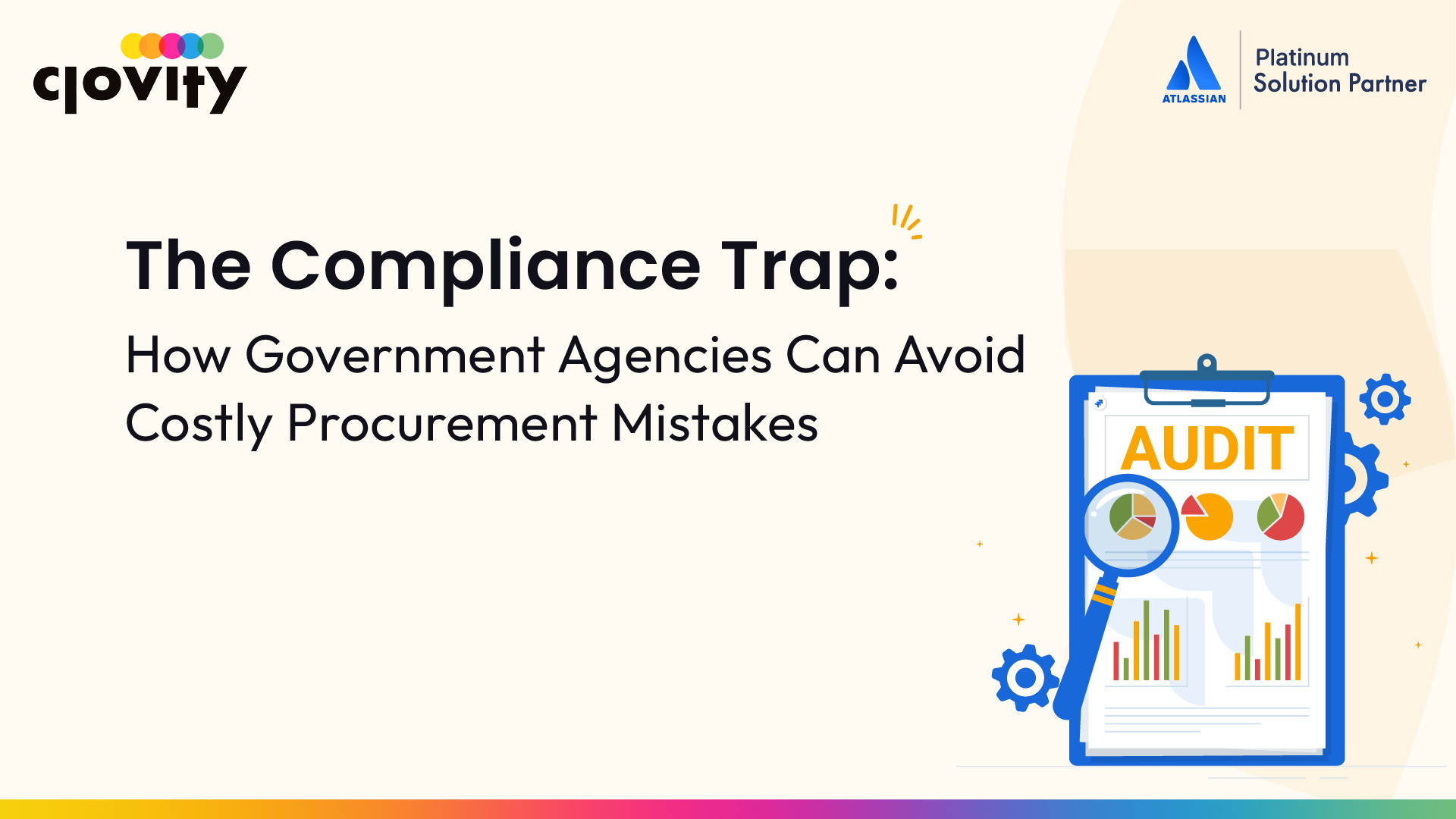Procurement in government isn’t just about purchasing—it’s about accountability. Every decision, contract, and purchase must follow regulations designed to ensure fairness, transparency, and value for public funds. But even with the best intentions, it’s easy for agencies to fall into what many procurement leaders quietly refer to as the “compliance trap.”
This trap doesn’t come from ignoring rules. It comes from the complexity of following them—especially when teams are working with disconnected systems, manual processes, and unclear responsibilities. The risk isn’t just non-compliance. It’s lost time, delayed programs, and increased costs that could have been avoided.
Where Procurement Mistakes Happen
1. Missed Approvals
Without a clear approval path, procurement requests may skip a necessary review—or sit idle waiting for sign-off. Either scenario increases the risk of an audit issue or project delay.
2. Outdated Documentation
Procurement often involves contracts, quotes, terms, and vendor details. When these documents live across inboxes or shared folders, teams may act on outdated information without realizing it.
3. Lack of Process Visibility
Agencies need to know where each procurement stands—what’s been reviewed, who’s responsible next, and whether deadlines are at risk. Without visibility, errors are caught too late, and correcting them becomes more expensive.
4. Manual Tracking
Spreadsheets and checklists are still common tools in many procurement offices. But as requirements grow more complex, it becomes harder to track every step reliably by hand.
Staying on the Right Side of Compliance with Custom Workflows
One of the most effective ways to reduce procurement risks is by building processes that are clearly mapped, consistently followed, and easy to monitor. That’s where custom workflows in tools like Jira come in.
With Jira, government agencies can:
-
Design Step-by-Step Approval Paths
Every procurement type—whether for IT, services, or construction—can have its own defined workflow. This helps ensure the right people are involved at the right time. -
Attach and Track Documents in One Place
Proposals, vendor certifications, and compliance forms stay connected to the procurement ticket, so there’s no digging through folders to verify details. -
Keep Teams Accountable Without Micromanaging
Automatic notifications and task assignments let people know what they need to do—without relying on reminders or back-and-forth emails. -
Support Audits with Full Histories
Every change, approval, and comment is logged. When auditors ask for details, agencies can respond with confidence—and without scrambling.
Preventing Small Issues From Becoming Costly Mistakes
Most procurement errors don’t start big. They begin with a skipped step, a misfiled document, or a misunderstanding of responsibility. But when teams work with the right structure and visibility, those risks are easier to catch early—and easier to avoid altogether.
📧 Contact us at sales@clovity.com or visit 🌐 atlassian.clovity.com to get started today.


